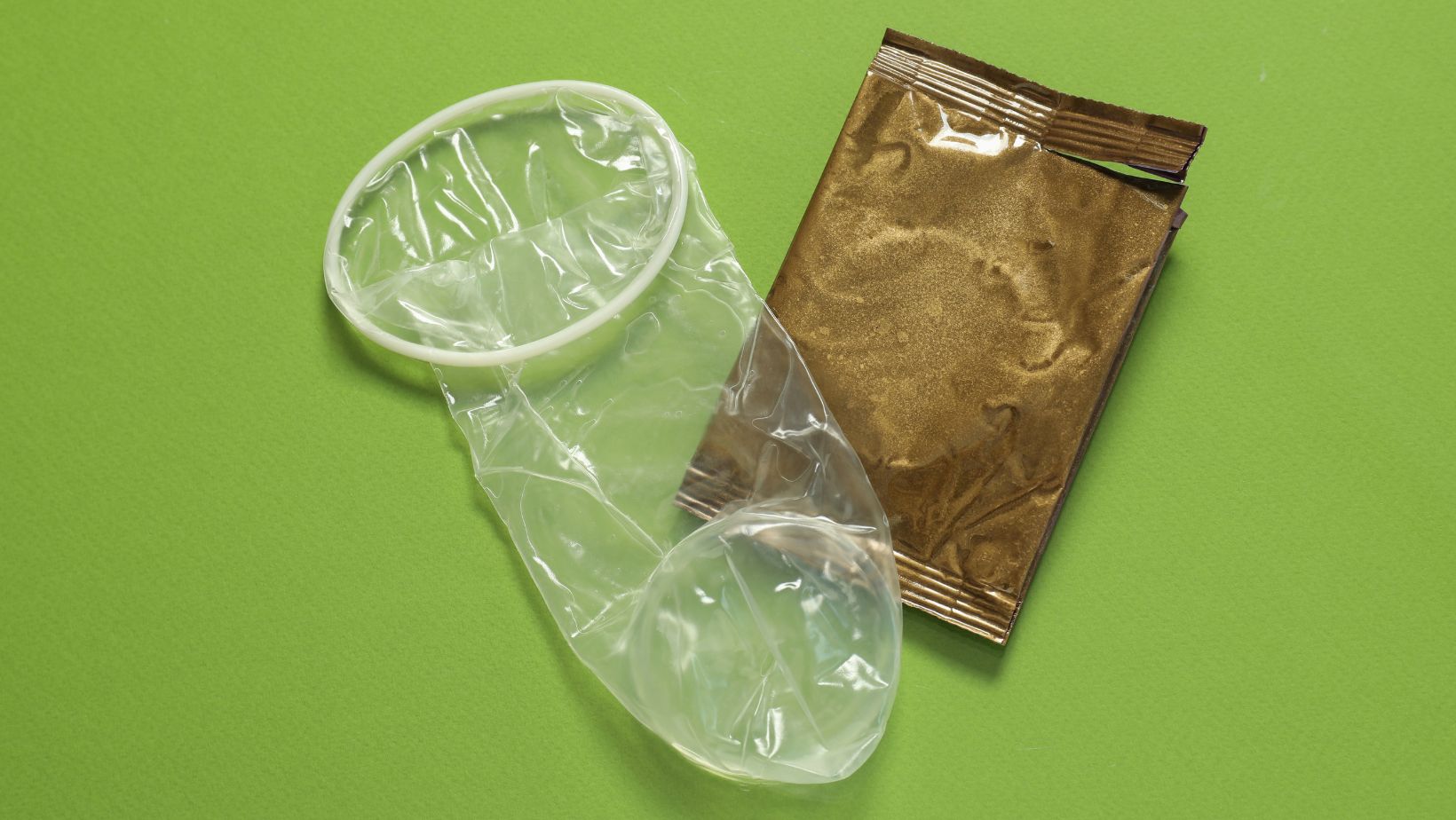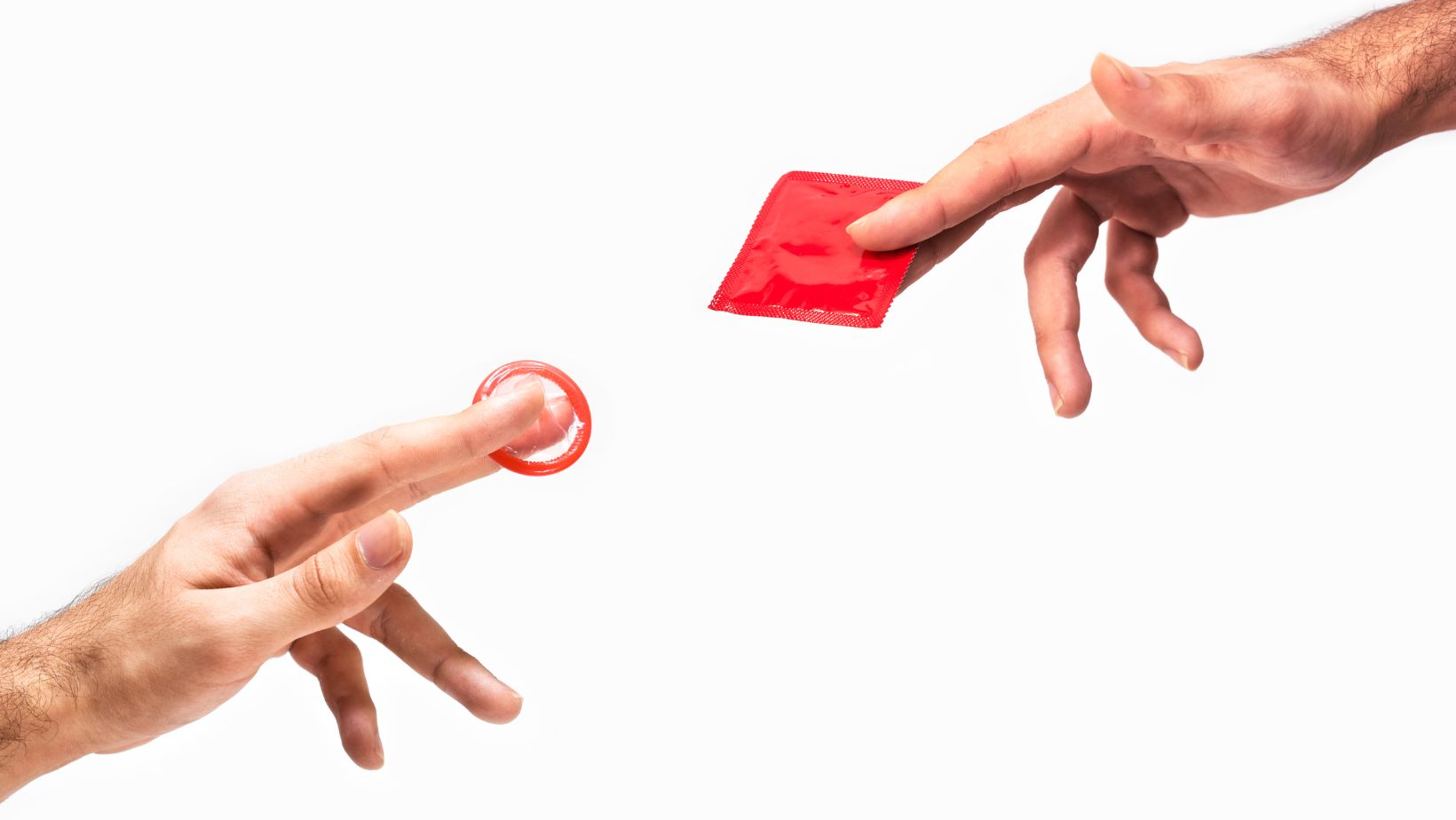
One of the least risky and most simple to access things protecting against sexual transmission diseases and unwanted pregnancies is condoms. Although they are beneficial, they are uncomfortable or rather difficult to operate efficiently by some of the people. This has the ability to cause inconsistent use or even skipping them, a factor that promotes health risks. When we learn more about how they work and how to make them comfortable, the usage of condoms may appear as a habit and pleasant element of the sexual process. Adequate technique, the correct materials, and smart preparation should be used in combination to enhance comfort and effectiveness to a highly appropriate degree.
Choosing the Correct Size and Fit
One of the most common reasons for discomfort when using condoms is an incorrect fit. Using condoms that are too tight can create irritation, or even hinder blood flow, and using those that are loose can come off and ruin protection. The suitable size will not only be safe but also comfortable, so increasing numbers of brands even have products available in different width and length models. The first one is to take time to get the most appropriate size, which will help make the use of condoms less uncomfortable.
Health practitioners point out that size does not only depend on comfort but also efficiency. Correctly fitting condom decreases the chances of breakage and slippage. The brands and styles can be tried until the suitable one is found since almost all manufacturers size a bit differently. A properly fitting condom must not slip out but it must not wreck like it is too tight, and you must be able to move and feel easily.
Using Appropriate Materials
Condoms can be rolled or stretched out of many varieties of materials such as latex, polyurethane, and polyisoprene. Latex is most frequent, yet there might be allergic reactions or sensitivities towards it. It can help a lot to change to a non-latex alternative when one finds irritation or discomfort. Polyisoprene and polyurethane condoms have shown to have comparable protection to latex condoms but it is used by people with latex allergies.
Selecting the right material also affects sensation. Some thinner materials can make it more sensitive and the textured ones could provide stages of stimulation to one partner or both. Trying the different types will enable an individual to determine how he/she balances between comfort and protection. Medical consultation can come in handy when deciding on which material is safe in regard to individual requirements, particularly people with allergies or skin sensitivities.
Incorporating Adequate Lubrication
Friction is a normal source of discomfort when using condom, this can be dealt with though lubricant. Friction may be lessened, breakage avoided, and pleasure increased through the application of water-based or silicone-based lubricant. There is a need to avoid using oil based products as latex condoms can weaken the material and enhance chances of breaking.
Lubricant should be used internally and externally of the condom to make it more comfortable. A little bit in the tip is enough to make it more sensitive to the wearer but a lot on the outside will favor less friction during sex. It is not just about comfort when you say about proper lubrication but it also includes the ability to create a structural integrity of the condom when it is being used.
Ensuring Proper Storage and Handling
Storage and handling of condoms also contribute to the efficacy levels and comfort. They are to be stored in a cool and dry area that is neither exposed to the sun nor sharp items. Warmth and wear which is present in a wallet or glove compartment, may over time weaken the material. An improperly stored or even a defected condom would put you at risk of the condom breaking.
It should also be noted not to open condom packages by use of teeth, scissors or any sharp objects which may rip off the material. Hands must be clean without long/sharp nails as it may happen that they prick through the condom. By slowing down to take several moments to open and apply it in a correct manner, one will ensure that it operates correctly and will be comfortable to use further on.
Learning and Practicing Correct Application
Proper application is key to both comfort and effectiveness. Application should be done with the penis erect before having any form of genital contact and the condom should be worn on the shaft of the penis. One ought to squeeze the tip to make semen room so as to avoid pressure build up when ejecting and chances of tearing open the condom. Smoothly rolling the condom down aids in prevention of any air bubbles in the condom that would lead to puncture.
Individuals can benefit by practicing the application with their partner before a sexual situation makes them more comfortable and confident. This familiarity minimizes stress at the time, and it becomes less uncomfortable. In proper usage, a condom is supposed to fit on one securely but not too tightly making the whole process enjoyable.
Maintaining Communication with a Partner
Sexual practices with condom usage are not only physically comfortable, but also psychologically comfortable. The partners may discuss their concerns, affinities and adaptations during open communication that can make the experience better. By covering topics like fit, material or lubrication before intercourse, it is possible to extract anxiety and make a person cooperate.
Once the process is acceptable to both partners, condom ceases to be a distraction to sex but something that is normal and accepted to be part of the sexual activity. Condom use would become more consistent, efficient, and more pleasant as both people need to understand each other and have mutual responsibility.
Bob Duncan is the lead writer and partner on ConversationsWithBianca.com. A passionate parent, he’s always excited to dive into the conversation about anything from parenting, food & drink, travel, to gifts & more!

